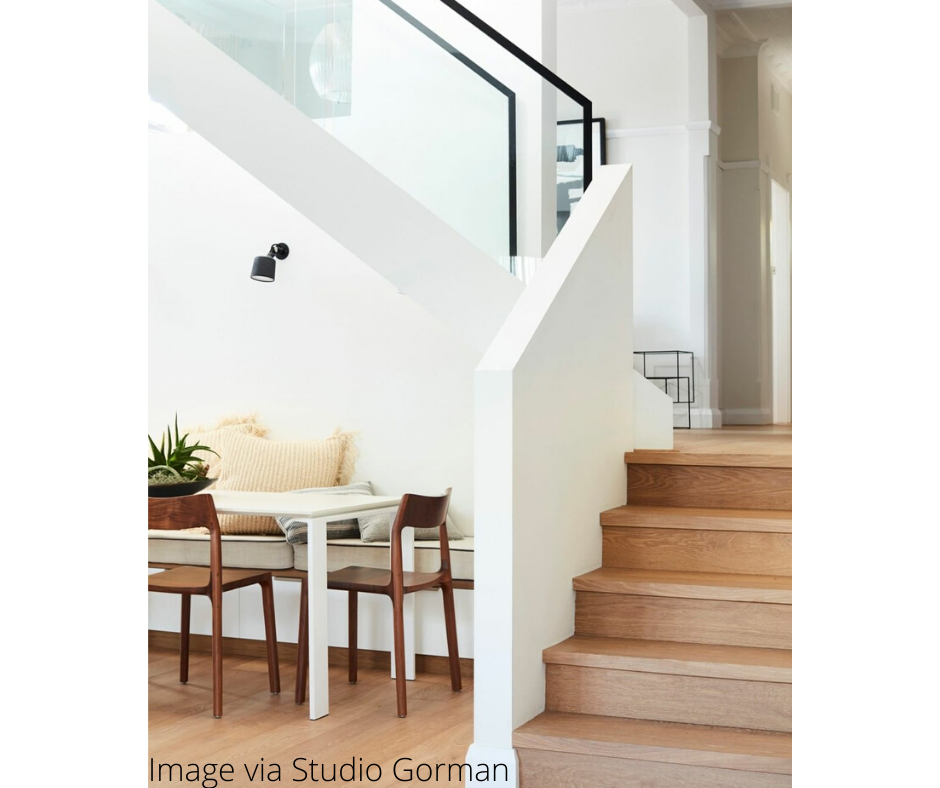Slip Resistance for Stairs
People are often unaware of regulations regarding slip resistance for stairs. Yes, the Building Code of Australia (BCA) requires stairs in all buildings, residential and commercial, to meet slip resistance requirements. It isn’t a hard one to do, but it’s one most people aren’t aware of.
When is it Needed?
- If you get a subcontractor in to redo your stairs they must ensure their work meets the building code and provide you with a Form 16. (For more information on Form 16s see Is Building Certification Required). Even if certification isn’t required it is still good practice to get this compliance certificate.
- If you require certification (See Is Building Certification Required) and stairs are a part of the scope of works. In this situation you must provide the Form 16 for slip resistance for stairs to get your final certification.
- If you have any kind of access ramp.
When is it Not Needed?
If you complete a DIY renovation that does not require certification, you won’t need to document the slip resistance for stairs. In saying that, for your own safety, do it anyway. And again, even if you don’t need certification, builders and trades must still complete works as per the Building Code. This means if you have a builder or trade completing the work, it needs to meet slip resistance rules.
What are the Technicalities?
ATFA (Australian Timber Flooring Asscociation) advises the following:
BCA 2014 Volume Two, Clause 3.9.1.3 (g), provides that when tested in accordance with AS4586, stair treads must have a slip-resistance finish OR a slip-resistance nosing strip. The classification is to be not less than that provided below.
- Tread surface if expected to remain dry and not expected to have accidental spills – Classification P3 or R10.
- Tread surface if expected to be wet or likely to become wet at times – Classification P4 or R11
- Nosing strip if expected to remain dry and not expected to have accidental spills – Classification P3
- Nosing strip if expected to be wet or likely to become wet at times – Classification P4
How does this affect you?
Most floor covering suppliers test in the factory and your supplier will already have the slip resistance rating. Make sure to tell them you are installing the material on stairs to ensure you choose the correct material.
If you have timber stairs, your stairs will have a different coating to the rest of your floor. This will most likely have a different sheen and feel. Prepare yourself for this.
External stairs need a higher slip resistance.
If you need to bring your existing stairs up to compliance level on a budget, there are less expensive options such as transparent, adhesive backed tapes. Obviously there are aesthetic implications here but it will get you out of a pinch for the time being.
As with everything, if you are doing a DIY project, talk to experts and educate yourself. Especially when it involves safety. The following websites are good sources of information as well:
https://www.carpetinstitute.com.au/
![Renovate [2] Elevate](https://www.renovate2elevate.com.au/wp-content/uploads/2020/05/Renovate_Full_Washed_RGB-e1589871583510.png)
